10 Ways Schools Around The World Educate Their Kids Differently Than The US
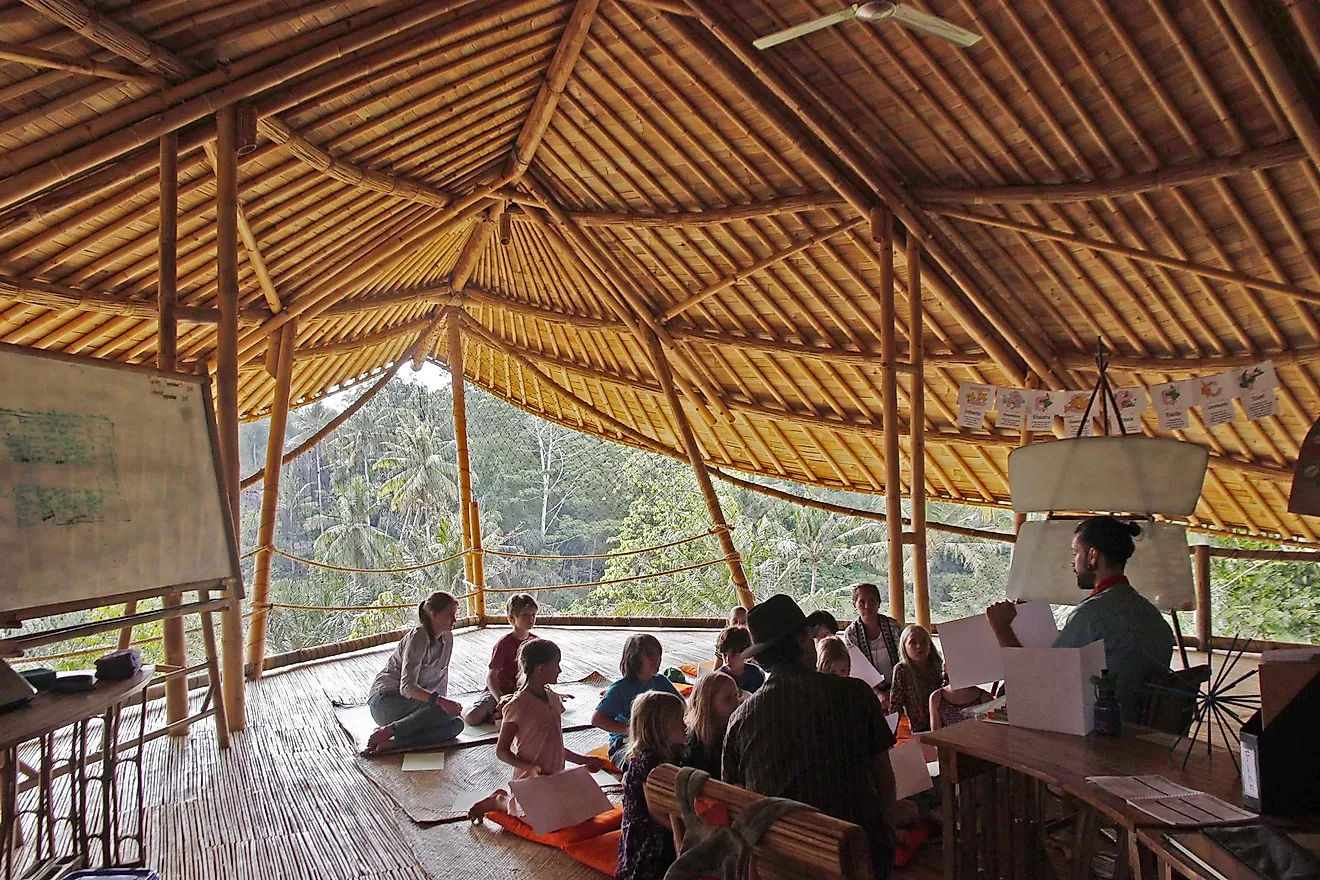
- Many European Countries don’t have school sports teams.
- In Norway students can take classes on how to raise reindeer.
- Kids in Finland do less than two hours of homework a week. In China it’s up to fifteen hours a week.
Education has come a long way since the days of the little red school house. In the United States education is divided into three levels: primary, secondary, and tertiary. In practice, students are streamed into public or private elementary schools, high schools, and college or university. Some school districts have introduced middle school or junior high school, but by and large classrooms around the country are easily recognizable with rows of desks, whiteboards on the walls, and student art proudly posted.
But what about the rest of the world? The OECD releases its Pisca scores of the top ranked educational systems annually, with the United States frequently coming in the top 40. So what do schools look like in other countries? Read on to discover 10 surprising ways schools around the world educate their kids.
Bilingual
Many countries around the world have two or more official languages. As a result, education and instruction is often conducted in two or sometimes three languages every day. The constitution of the Philippines, for instance, offers clear protocols for the use of English in math and science and Filipino in history and civics classes. In Hong Kong both English and Chinese are official languages and are mandatory subjects in school. Several European countries have also adopted bilingual school systems, while schools in the Middle East follow dual or triple language programs. Lebanon, for instance, teaches in Arabic, English, and French.
Go Green
Some countries are so committed to environmental education that part or all of their school day is held outdoors. Many European countries, including Switzerland, offer forest schools for kindergarten and early years education. Malaysia has its own version, called Jungle Schools, while Bali is home to a famed k-12 outdoor school comprised entirely of renewable resources including bamboo, local grass and traditional mud walls with a progressive curriculum that includes botany, engineering, and biophilic design.
Floating Schools
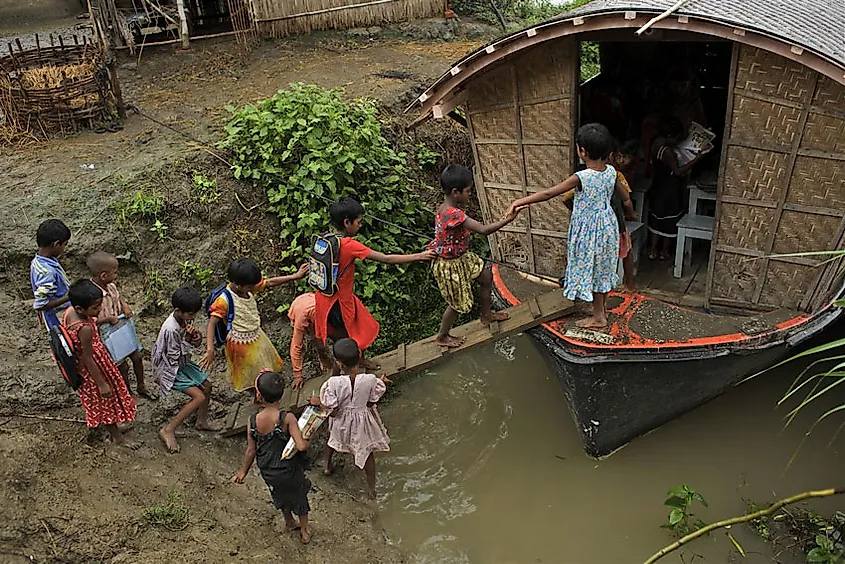
Sometimes it is the environment that dictates the school day. In Bangladesh, for instance, its geographic location results in severe flooding. Innovative educators have responded by constructing floating schools. Boats have been transformed not only into schools, but also libraries and other vocational training centres. Likewise in Nigeria, where flooding is also an issue, the city of Lagos has constructed a 1,000 square foot floating school that reaches three stories high and hosts up to 100 students.
No Lunchbox Required
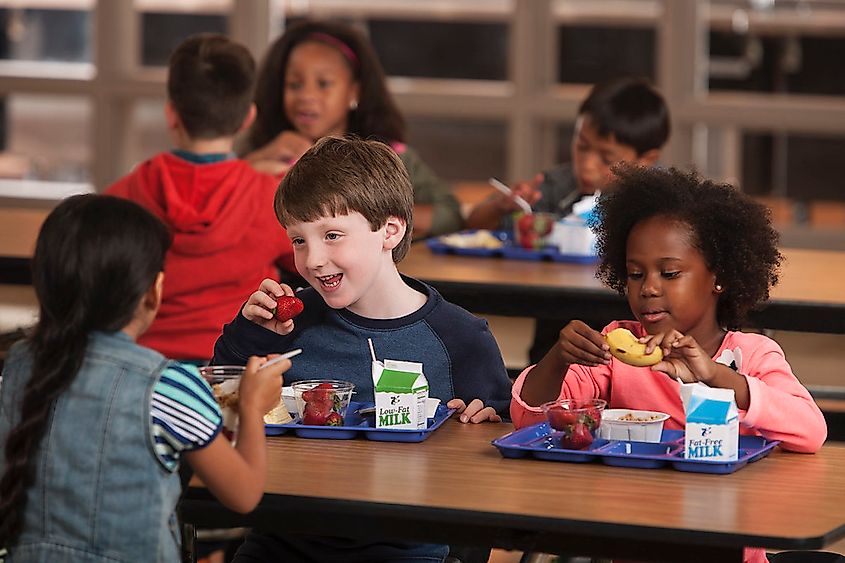
School lunch programs are not uncommon in the United States, but they are nothing like those prepared in some countries around the world. The love of food starts early in France, where snacks in school are banned and lunch is often a four-course affair served in the cantine. In neighboring Italy, lunches begin with a “primo” first course of pasta, then a meat dish and vegetables. In Japan, children serve each other meals prepared meals of rice, soup, and meat dishes. Kids in Kenya enjoy a bean stew each day, while Finland has been serving free school lunches since 1948.
Dressed for Success
While in the United States some private schools require uniforms and all public schools do not, the opposite is true in nations around the world. School uniforms are mandatory in public schools in a variety of countries, including the UK, Australia, Burundi, Columbia, Ghana, Malaysia. In fact, the four top ranked school systems in the world, China, Singapore, Macao, and Hong Kong all have school uniforms, and within the top ten only Canada, Estonia, and Finland don’t require uniforms in all schools.
Train Platform Schools
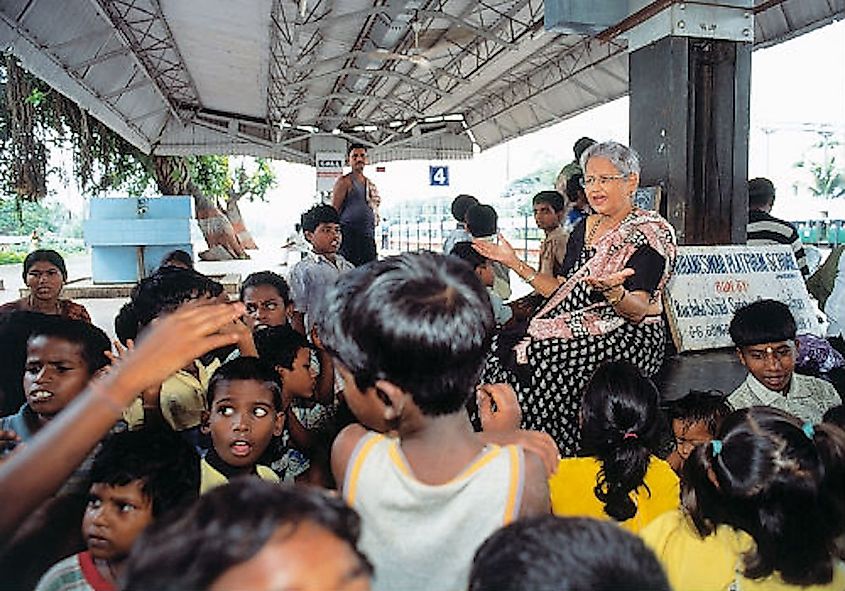
While Bangladesh and Nigeria have built floating schools, compassionate educators in India have taken to train platforms to provide schooling for impoverished children who, for a variety of reasons, aren’t able to attend regular schooling. More than twenty-five years ago, humanitarian Inderjit Kaurana decided that if children couldn’t go to school, the school must go to them. She began providing free lessons to street children, child laborers, and those living in the slums. Today the platform schools have expanded into an extensive network throughout the country.
Gender Neutral Schools
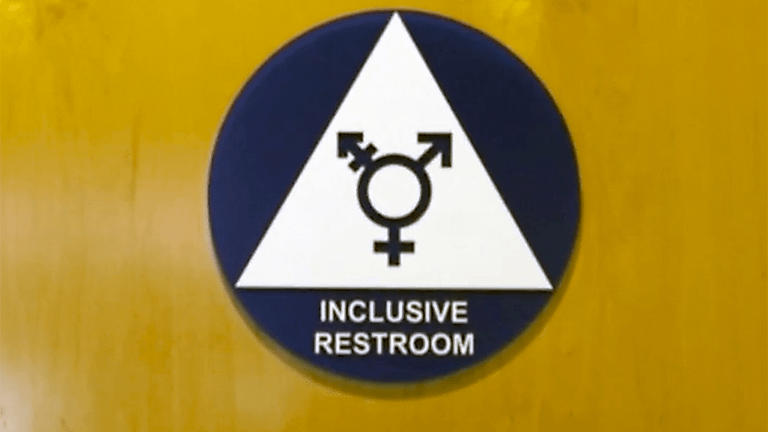
Sweden is making strides when it comes to gender equality, with an emphasis in the Education Act. Gender neutral elementary schools have popped up around the country, wherein all children are referred to by the pronoun “hen” which translates to the gender neutral “they.” Schools also put a lot of emphasis on supporting mental health and fighting stereotypes.
Keeping It Cool
Both Canada and Norway have territory that stretches into the Arctic, with numerous public schools located North of the 60th parallel. There are also a number of specialized schools and educational programs including semesters at sea aboard research vessels and ice breakers in the Northwest Passage, polar bear tracking and kayaking with beluga whales at an Arctic research facility, or reindeer husbandry and the traditional lifestyles of the sámi and Inuit peoples.
Less Homework
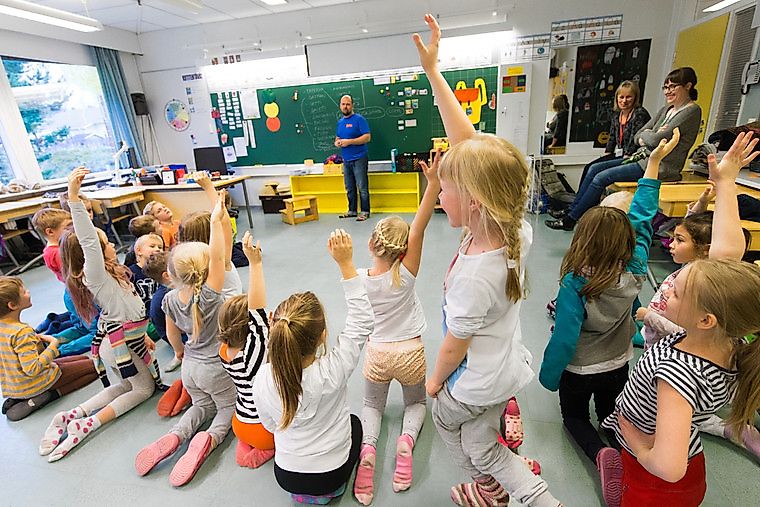
Finland has definitely caught the world’s attention with it’s more play, less work approach to education. The results are hard to deny, with Finland consistently ranking among the best in the world in school rankings. South Korea, which also ranks very high on the Pisa list, similarly reports very low weekly homework, although the school day there is longer than most other countries on the list. So which countries spend the most time on homework? According to the OECD children in China, followed by Singapore and Russia spend the most hours on homework each week.
No Sports Teams
While high school sports are a big deal in the United States, so big in fact, that many high school stadiums are larger than most schools around the world, team sports are uncommon in Asia and Europe. Physical education is part of the daily curriculum, and students learn to play a variety of sports, but school teams frequently don’t exist. Lack of a gymnasium, an emphasis on academics over athletics, and funding are some of the reasons sports teams are instead operated by community or religious groups or sponsored by local city councils.











